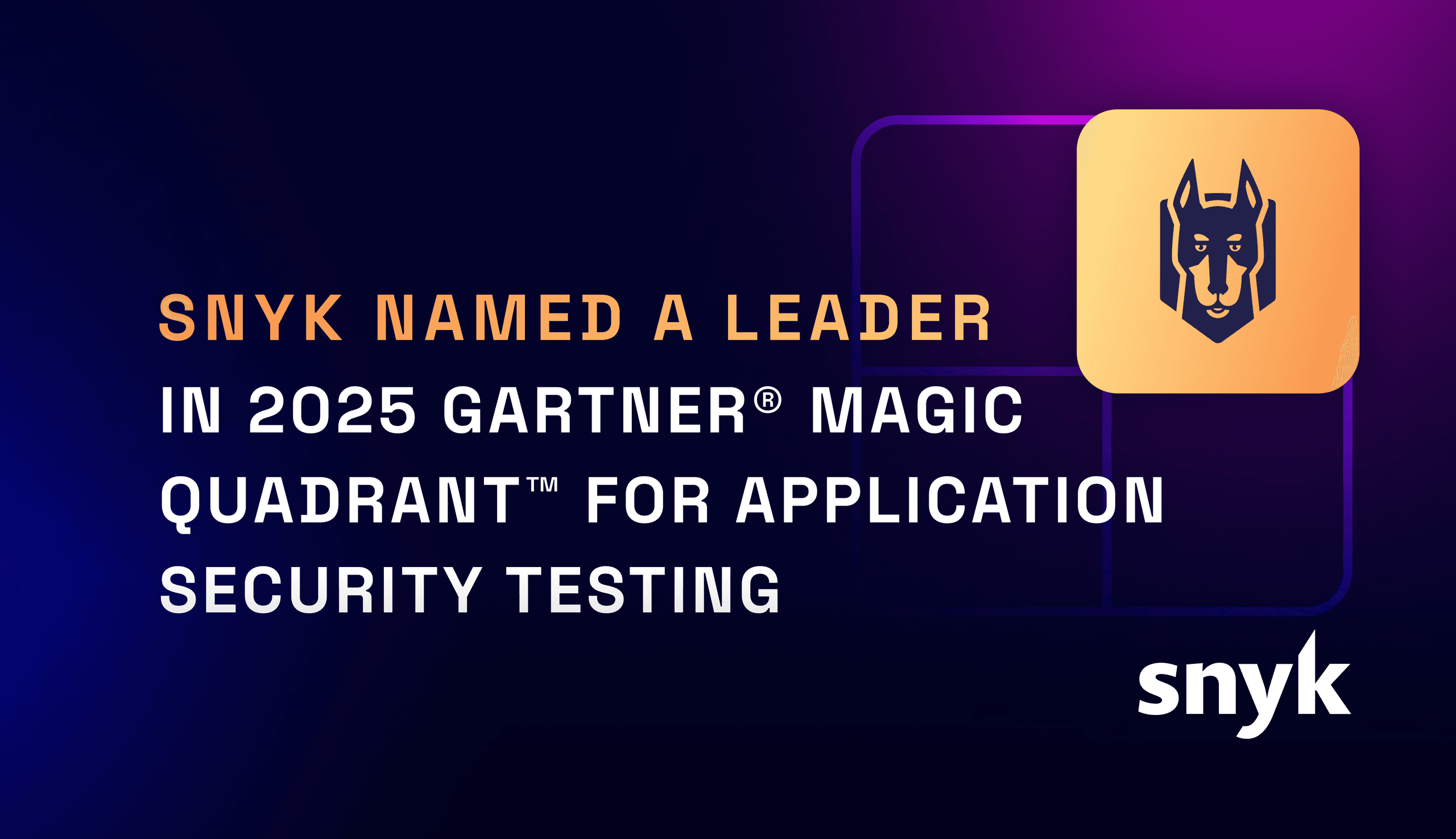
Blog Snyk




Application security
Snyk Named a Leader in the 2025 Gartner® Magic Quadrant™ for Application Security Testing
Lire le rapport
IA
From Two Years to Two Weeks: How Labelbox Erased Its Security Debt with Snyk's AI-Accelerated Remediation
Lire le rapportAffichage 1 - 24 sur 1573 publications
Abonnez-vous à notre newsletter
Recevez nos contenus directement dans votre boîte de réception.

















